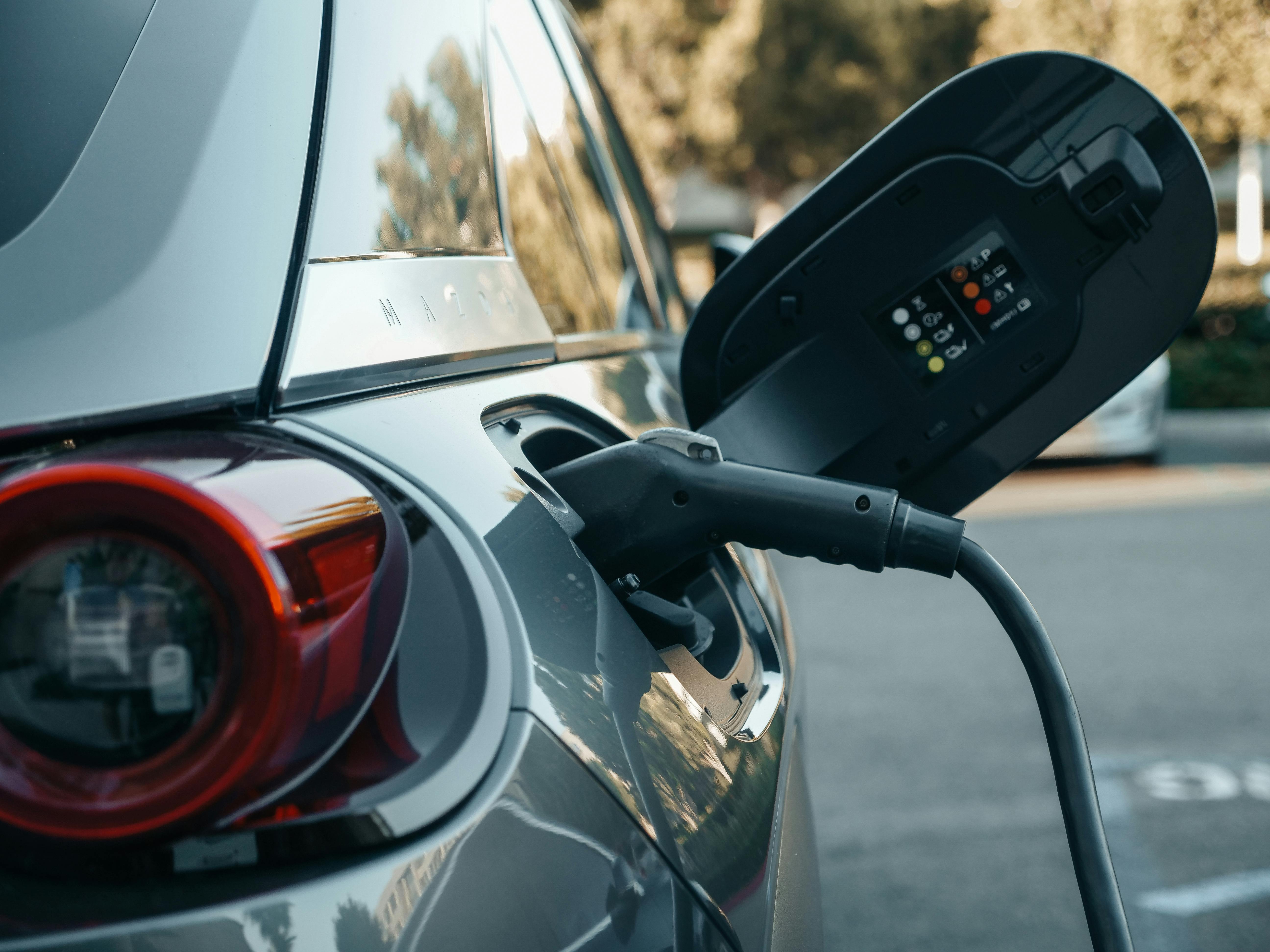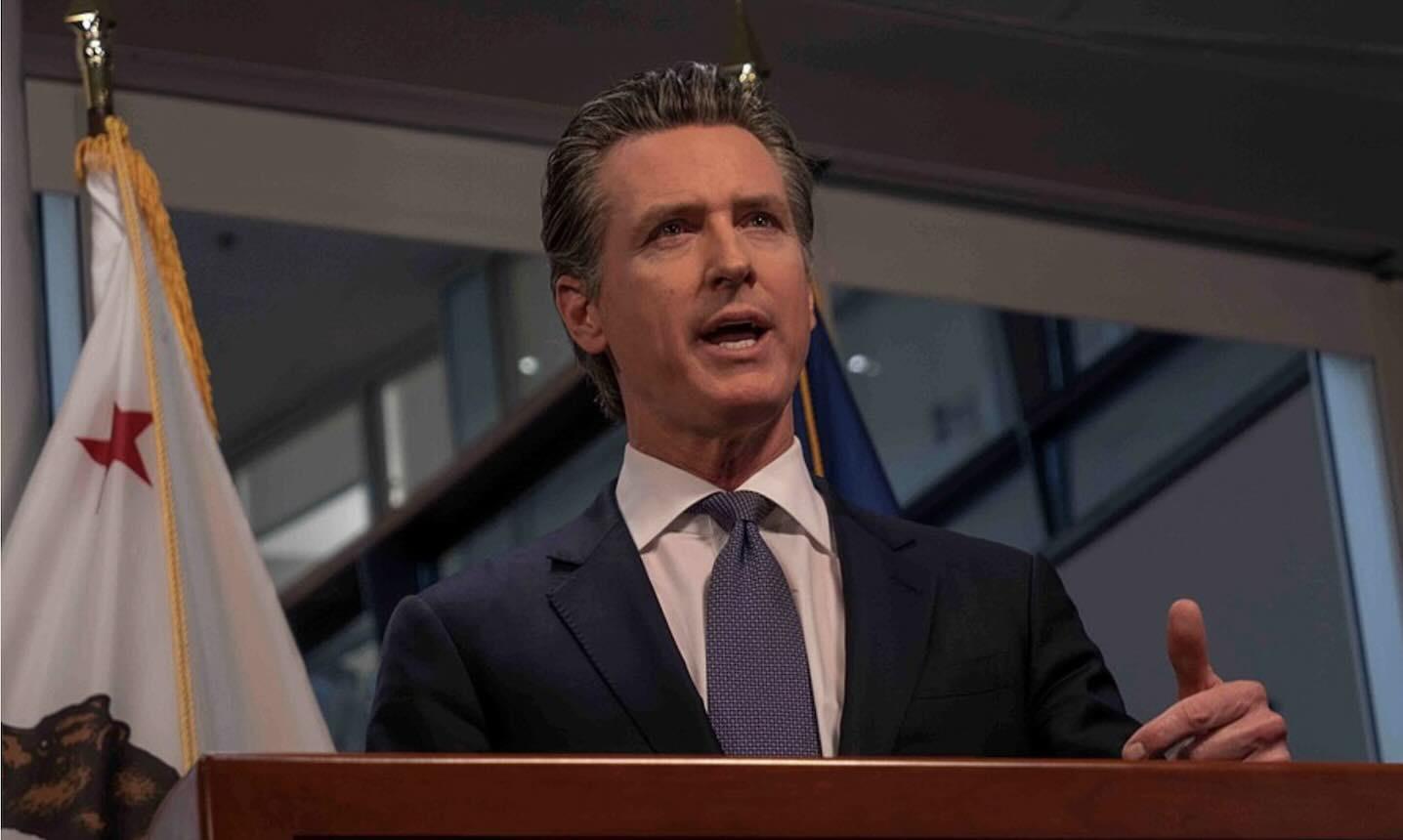The governor has also laid out ambitious plans to manufacture insulin, control substance abuse, and shut down private prisons.
California Governor Gavin Newsom laid out his vision for California at a March 22 press briefing with ethnic media, and pledged to permanently eradicate homelessness.
Fresh off his four day “state of the state” tour, his alternative to the traditional annual address to the state Legislature, Newsom announced the release of $1 billion in Homeless Housing, Assistance and Prevention Round 4 funding, which will be doled out to cities and counties attempting to reduce their unhoused populations. The $1 billion in grants is part of a multi-year $15.3 billion effort by the state to address the crisis of homelessness.
Funds will go to entities that are “ambitious” in their goals, with improved metrics and coordination. “We rejected many plans that were unambitious,” said Newsom, adding: “no plan, no money.”
Bonuses of up to 16% will be attached for cities and counties who meet their target metrics. An additional $750 million has been allocated to clean up homeless encampments.
Tiny homes
Newsom also announced a “small homes” initiative, tiny units which would house 2 to 6 people. 1200 small homes will be placed this year in Los Angeles, San Diego County, San Jose and Sacramento. People living in homeless encampments will be first priority for housing in the tiny homes, as the first step to transitioning into permanent housing.
Newsom said he hopes to launch the initiative in other cities next year. The homes are offered free, and ready to move in to.
Through these initiatives, the state is expected to reduce its homeless population by 15% by 2025. The Public Policy Institute of California notes that the state has the largest number of unhoused people in the country: more than 131,000 people are unsheltered, according to the 2022 annual Point In Time survey, in which volunteers go out on to streets to count the number of homeless residents.
Project homeKey
Los Angeles is home to 38% of the state’s homeless residents. San Jose, one of the wealthiest regions in California, is home to 5.8% of the state’s unhoused people, while Oakland is home to 5.7%. San Francisco has 4.5% of the state’s unhoused individuals, according to PPIC data.
Amid the pandemic, Newsom had launched Project HomeKey, an ambitious project to buy up hotels, motels, and other properties to be repurposed as housing for homeless people, with support services to address substance abuse, mental illness, and economic distress. In response to a question from Ethnic Media Services, the governor said: “I couldn’t be more proud of the program, especially with our rural partners who have developed some really innovative solutions with Project HomeKey funding.”
Newsom noted that Project HomeKey bought 6,000 units at a cost of $3.75 billion. Critics of the program noted it cost an average of $55,000 to house an individual, and did not address the underlying issues leading to chronic homelessness.
‘Crisis of housing’
In response to a question from California Black Media, Newsom said he was tightening up the permitting process for Accessory Dwelling Units to increase the supply of affordable housing, with $100 million having been allocated to homeowners to apply for grants to build ADUs on their property.
“In California, we are using every tool in our toolbox – including the largest-ever deployment of small homes in the state – to move people off the streets and into housing. The crisis of homelessness will never be solved without first solving the crisis of housing – the two issues are inextricably linked,” said Newsom.
Insulin manufacturing
The governor also announced that the state would be producing its own insulin to be distributed at $30 per vial, greatly reducing the cost of a drug that is needed daily by 3 million of the state’s residents.
Diabetes disproportionately affects people of color, along with low-income individuals, said Dr. Mark Ghaly, Secretary of California Health and Human Services. “We know the cost of insulin is forcing families to make hard choices,” he said at the March 22 briefing.
The state has partnered with Utah-based Civica to manufacture insulin. Newsom said he hopes to begin manufacturing insulin in California by 2025.
Opioid crisis
The governor is also shoring up his response to the state’s mental health and opioid crises. He announced a 2024 ballot initiative, which would provide $1 billion annually to increase the supply of beds for mentally ill people, especially veterans.
Earlier in the week, Newsom released his administration’s “Master Plan for Tackling the Fentanyl and Opioid Crisis,” which would step up efforts to seize fentanyl, support overdose prevention efforts, hold the opioid pharmaceutical industry accountable, crack down on drug trafficking, and raise awareness about the dangers of opioids.
Newsom also discussed the state’s shutdown of four private prisons. “It is absolutely perverse that we have profit motives for incarcerating our citizens,” he stated. The state’s prison population has dropped dramatically, from a high of almost 200,000 prisoners during the Schwarzenegger era, to about 93,000 currently.
San Quentin is also being repurposed as a rehabilitation facility to allow prisoners to more successfully integrate into society once released, thereby reducing the state’s rate of recidivism.
–
(Sunita Sohrabji/Ethnic Media Services)







How about the people that are still homeless here in yuba city bye whitterger hall.that has animals?dont we deserve a place to live with are animals? Or are we just throwing to the side.because we wont give up our animals?